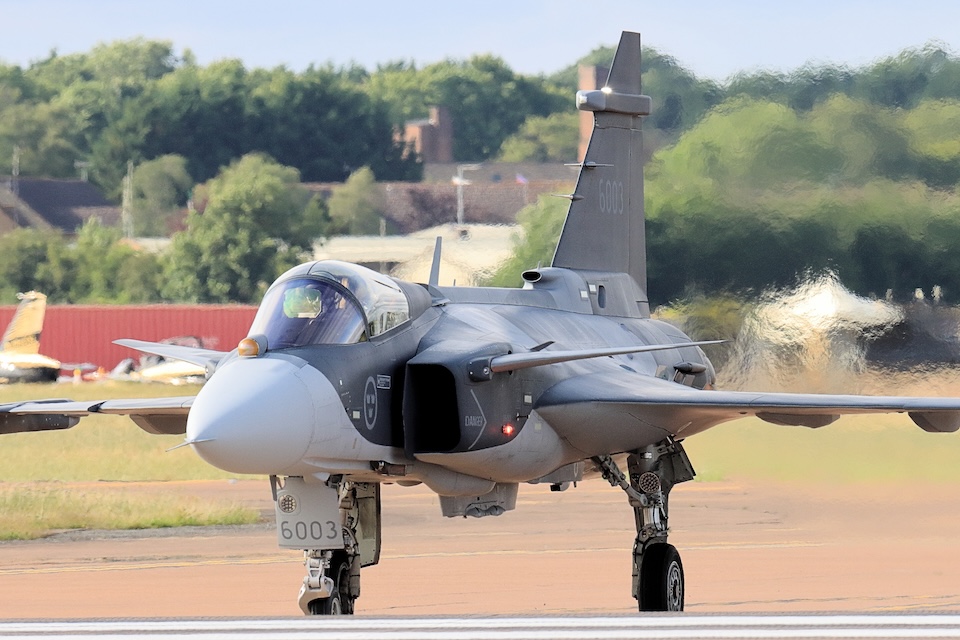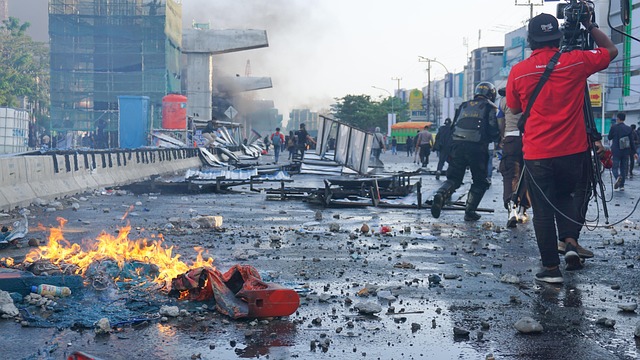
There has long been talk of war against Iran — whether initiated by the United States or by Israel. The motivations behind the hostilities include Iran’s support for various militant groups, such as Hezbollah, Hamas, and the Houthis, who in turn carry out attacks against Israel.
However, tensions between the United States and Iran go much further back. The Americans supported the Shah of Iran, and when that alliance began to falter, they permitted the 1979 coup, which unfortunately spiralled into the rise of a religious regime. This included the hostage crisis at the American embassy in Tehran, where 52 diplomats were held captive for 444 days. Relations between the two nations have never been fully repaired.
Another major point of contention is Iran’s nuclear energy programme, which the Americans suspect could lead to the development of nuclear weapons — something the Iranians strongly deny. Donald Trump recently stated that if the Iranians refuse to negotiate on the matter, retaliatory action could be considered. In earlier times, this kind of rhetoric would have been referred to as gunboat diplomacy — or, in plainer terms, threats. As things currently stand, no real negotiations appear to be taking place.
Time, however, has moved on for both Israel and the United States. Iran is no longer the backward or underdeveloped nation it is sometimes imagined to be. Its defence capabilities are, in parts, highly advanced — particularly in terms of air defence systems, missile technology, and drones. Moreover, Iran is a vast country with around 85 million inhabitants, considerable human capital, and abundant natural resources, including oil and natural gas. Israel, on the other hand, is a very small nation with approximately 10 million people, no significant natural resources, and a strong reliance on external support — especially from the United States.
For Israel to launch a large-scale assault on Iran could be seen as a form of national suicide. Iran’s retaliation could be catastrophic for such a compact country, where the population and infrastructure are heavily concentrated in a small geographical area. The fact that Israel dares to strike Iran at all likely rests on the expectation that American assistance will follow when the retaliation comes.
But what exactly could the United States offer? Their aircraft carrier USS Truman was recently pushed back by Houthi rebels equipped with weapons similar to those used by Iran — albeit cruder in design. It is questionable whether American forces can even approach the region with conventional troops.
Should another attempt be made at regime change, a so-called colour revolution? Perhaps a country under attack will instead rally national unity and solidarity? That leaves the unthinkable option: to deploy nuclear weapons against Iran. Two bombs, akin to those dropped on Hiroshima and Nagasaki, could be used to demand surrender and submission. Order would, in theory, be restored — with the United States once again reigning at the top of the global order, unchallenged.
However, a conventional ground war involving mass troop deployments from the U.S. to the Middle East seems implausible. America is no longer the same nation that invaded Iraq and Afghanistan. It lacks the necessary resources and troop morale. The American public is weary of war and reluctant to be drawn into another conflict after the failures of Vietnam, Iraq, and Afghanistan.
Some suggest that the media value of a Middle Eastern war could serve to divert attention from the conflict in Ukraine — where Russia is now making steady gains and Ukraine’s collapse appears increasingly inevitable. A Western “victory” in the Middle East might help restore lost pride. But at what cost?







